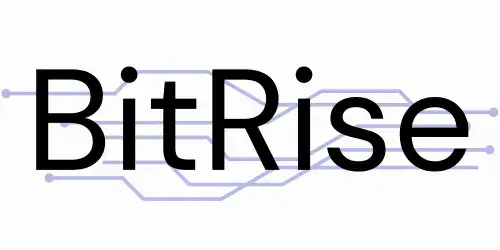
A computer patch is a software update that fixes bugs, improves features, or enhances the security of a program.
To learn more about it, discover in this article the main features of a PC patch, as well as the defining advantages it can offer you.
The benefits of a PC patch
ONE pc patch also called a software patch it has many advantages for users and developers. Among these advantages, we can mention:
- Bug fix: a PC patch can fix software functionality, compatibility, or performance problems. For example, a PC patch can fix software that crashes, crashes, or consumes too many resources.
- Functionality improvement: a PC patch may add new options, new features, or new content to the software. For example, a PC patch may introduce new characters, new maps, or new levels to a video game.
- Enhance security: a computer patch can protect software from attacks, viruses, or intrusions. For example, a computer patch can close a security hole, strengthen encryption, or block unauthorized access.
How a PC patch works: what you need to know!

A PC patch is a small program whose execution aims to modify the underlying source code of an application. Its primary goal is to fix dangerous bugs, dangerous programming errors, or security vulnerabilities.
Therefore, it replaces a faulty piece of code with a new, fully functional and reliable piece of code . Once installed, the patch helps fix a specific critical issue within the software.
The different types of patches and their subtleties
There are two main types of PC patches: corrective patches and security patches . The former are used to fix dangerous bugs, for example annoying display or compatibility issues.
The latter also fill security gaps, such as threatening backdoors or arbitrary code execution risks. These security updates are therefore of great importance in the most dire cyber attacks
Improves the security and stability of your software
Security patches are crucial to plugging vulnerabilities that hackers exploit. These breaches can make it easy to install viruses, steal personal data, or block entire services.
Closing these defects, Patches protect your software from attacks and malicious intrusions .

Additionally, bugs and compatibility issues can affect the stability of your apps over time.
By targeting faulty pieces of code to fix them, patches eliminate the main causes of crashes or unexpected jams. Your software thus regains its fluidity and responsiveness.
It facilitates compatibility between software and fixes defects without reinstallation
Some specific patches improve the software’s compatibility with other components, whether with the operating system, system libraries, or third-party applications.
By fixing API issues, they promote better integration into your configuration .
Additionally, a patch installs quickly without requiring a full uninstall or reinstall of the software, unlike major updates. In fact, a few seconds are enough to fix a bug . This ease of deployment is a significant time and efficiency savings.
Good to know : If your computer is running slow, we invite you to read: 8 solutions to make your computer faster
The patch minimizes performance impact and preserves user data
Targeted fixes provided by patches avoid significant transformations of the source code of a major release. Therefore, they do not make the software heavier or deeply modify its architecture or algorithms.
User experience and performance are thus maintained.
Additionally, a PC patch does not cause the user’s data files to be lost or modified, given this it affects only a limited part of the code . Your documents and personal settings remain intact and avoid any interruption in your production.
Good to know : To protect yourself as much as possible online, we recommend you to read our article: The best search engines without cookies and without history for anonymous browsing !
A PC patch can be applied in different ways, depending on the type of software, the type of patch, and the type of user. Here are some example methods for applying a PC patch:
- Automatic update : some software offers an automatic update option, which allows you to download and install computer patches as they become available. This method is convenient, but can be intrusive, consume bandwidth, or create compatibility issues.
- Manual update : some software offers a manual update option, which allows the user to choose when and how to download and install computer patches. This method is more flexible, but requires more attention, vigilance and skill on the part of the user.
- Update via physical media : some software requires physical media, such as a CD-ROM, USB key, or memory card, to download computer patches. This method is safer, but it is more expensive, slower and rarer.

16 Responses